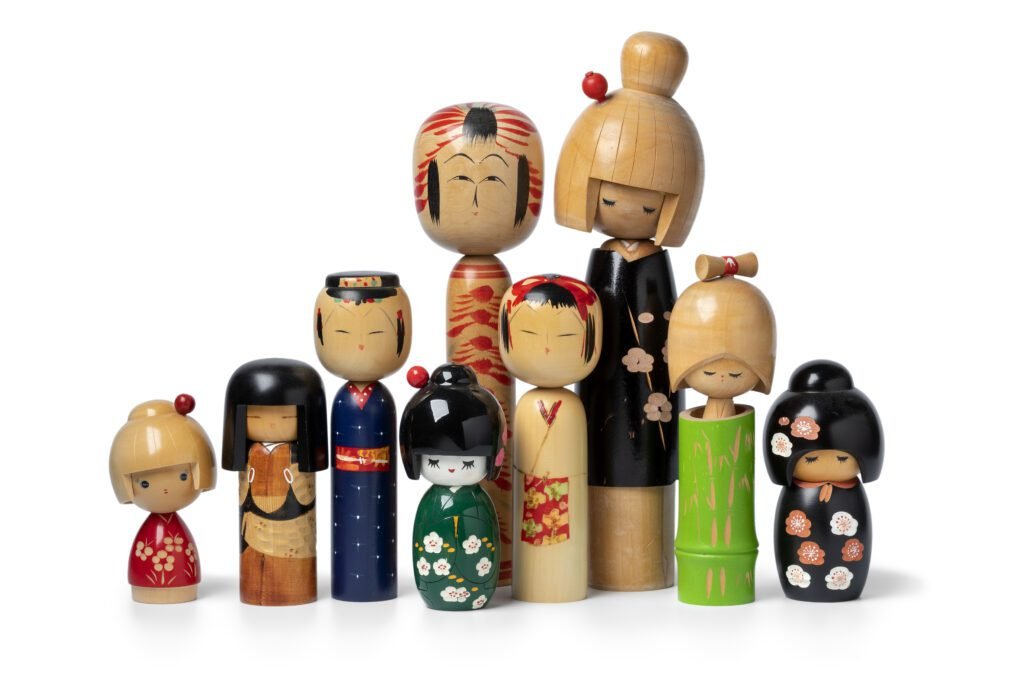In Japan, the influence and reach of social hierarchy extend into virtually every aspect of life, notably in the world of employment. It is a country steeped in tradition, both culturally and socially, and these customs and norms significantly shape the structure and pattern of the job market. The complexities of this system can feel opaque to the uninitiated, but for those living and working in Japan, it affects livelihood, personal identity, and interactions at work and beyond.
- Age Matters: The age demographic plays an integral role in Japanese employment culture, thanks to a deeply embedded seniority system. This is not only a question of respect for elder coworkers but goes as far as determining the application process and job opportunities. Candidates are expected – indeed, required – to submit their age along with a recent photo on their resumes. Pair that with the expectation that your supervisor will be of an elder or equal age, and you have a system wherein too many years can be a roadblock that halts progression or even entry into certain sectors.
- Visual Representation: Surprisingly, your physical appearance comes into play as well. Your resume photo can set the tone for how you are perceived by prospective employers and work colleagues. While this may come off as daunting, it’s worth noting that there is a high cultural importance placed on presentation and politeness in Japan. It is often seen as an indicator of diligence and professionalism.
“In Japan, your age and what you look like can determine your access to opportunities such as employment and promote the view that social ranking and hierarchy are directly corelated to age and physical appearance.”
In essence, navigating the job market in Japan is as much about playing to the tunes of the social hierarchy as it is about showcasing your professional skills.
Unearthing the Roots of Social Hierarchy in Japan
The concept of social hierarchy in Japan has deep roots in its history, tracing back to the Heian period (794-1185), when the country was ruled by an emperor who was considered the highest authority. The society was divided into different classes, with the nobility and the samurai warriors occupying the top tiers, followed by farmers, artisans, and merchants. This hierarchical structure was strictly enforced, with each class having distinct roles, responsibilities, and privileges.
The Edo period (1603-1868) saw the establishment of the Tokugawa shogunate, a feudal military government. During this time, the social hierarchy became even more rigid, with the samurai class gaining more power and prestige. The shogunate implemented a strict class system, known as the ‘Shi-no-ko-sho’ system, where samurai, farmers, artisans, and merchants were ranked in that order. This system emphasized the importance of social status and appearance.

During the Meiji Restoration (1868-1912), Japan underwent rapid modernization and westernization. The class system was officially abolished, and all citizens were declared equal before the law. However, the influence of the previous social hierarchy persisted. The emphasis on age, seniority, and appearance in determining one’s social status and career opportunities can be seen as a continuation of these historical precedents.
In the post-war era, Japan’s corporate culture adopted the ‘lifetime employment’ system and the ‘seniority-based promotion’ system, both of which reflect the influence of the country’s historical social hierarchy. The lifetime employment system ensures job security for employees, while the seniority-based promotion system rewards age and experience. These systems, however, have also been criticized for potentially discriminating against younger employees and those who do not fit the traditional image of a ‘corporate warrior’.
The Unseen Impact of Physical Appearances on Job Prospects in Japan
Today, while Japan has made significant strides towards equality and diversity, the impact of its historical social hierarchy can still be observed in various aspects of society, including the job market.
In Japan, for instance, ‘face’ or outward appearance remarkably determines the access individuals have to fundamental opportunities like employment. Requiring a recent photograph on your resume, employers gain an immediate impression of what you look like, invariably influencing the consideration of your application.
The nation’s seniority system, deeply rooted in centuries-old traditions, asserts another layer of hierarchy – age. Quite paradoxically, our usual regard for age as a symbol of wisdom and experience does not hold true here. Imagine, if your age exceeds that of your would-be supervisor, chances are, you might face rejection. A seemingly counterproductive practice, but it’s their way of preserving a prescribed social order and reducing potential friction in the workplace.
These hierarchical systems, as found in Japan, are stark examples of the variations of societal structures worldwide. Uniquely designed, their purpose ultimate remains to ascertain social order and harmony, albeit at the expense of certain individual freedoms and opportunities.
Although these social hierarchies can induce anxiety and competition – leading to a constant underlying question of who we are, what we have accomplished, and what we are capable of in the future – they persist as inevitable components of human society.


